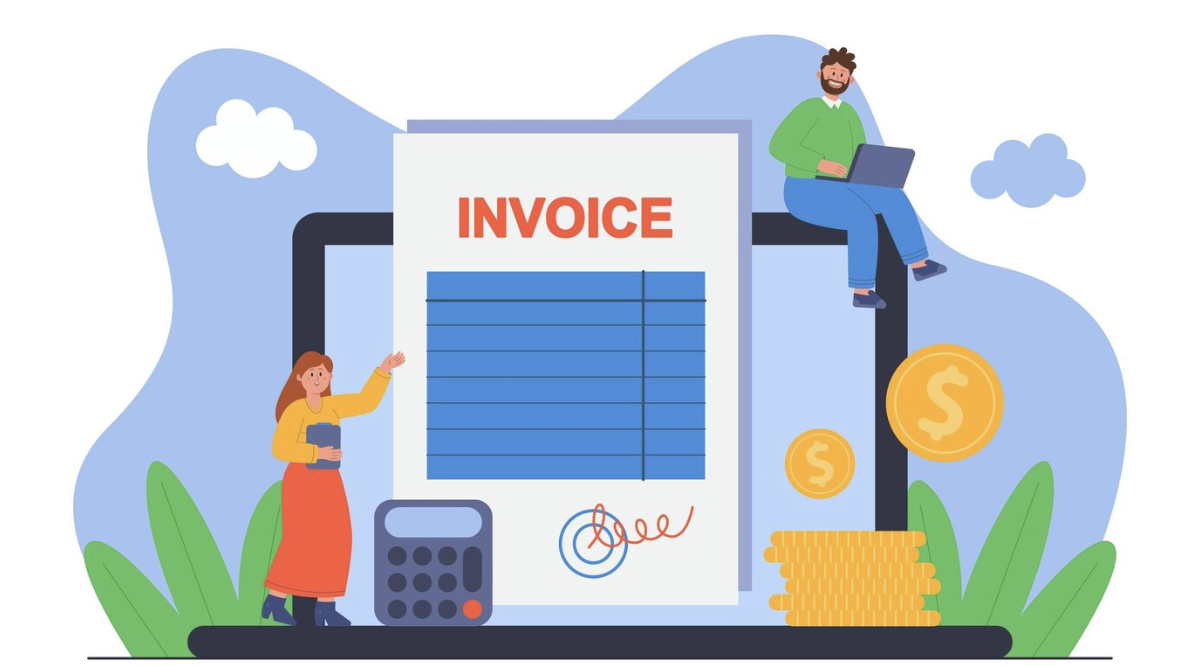Commercial and Proforma invoices play critical roles in international trade, each serving distinct purposes in the transaction process. This document aims to elucidate their individual characteristics and functions, differentiating one from the other. Understanding these differences is crucial for businesses involved in global commerce, as it can significantly influence financial and operational processes. The following sections will break down their respective features, functions, and the scenarios in which they are employed.
Proforma Invoice
A Proforma Invoice is essentially a preliminary bill of sale sent to buyers in advance of a shipment or delivery of goods. It commonly outlines the nature and quantity of goods, their value, and other important transaction details such as shipping weight and transport charges.
Despite appearing similar to a standard invoice, it is important to note that a Proforma Invoice is not a legal document. Rather, it serves as a negotiable instrument and a clear statement of the seller’s intent. It is frequently utilized in international trade to provide detailed information necessary for customs, import taxes, and goods’ valuation. The Proforma Invoice helps buyers arrange for funds or letters of credit and is not used to demand payment.
Commercial Invoice
A Commercial Invoice, on the other hand, is a legal document between the supplier and the customer that describes the sold goods and the amount the customer owes to the supplier. It is used as a customs declaration provided by the person or corporation that is exporting an item across international borders. In contrast to a Proforma Invoice, it is binding and serves as a demand for payment.
Details included in a Commercial Invoice commonly involve the seller and buyer information, date of shipment, line items that detail the goods being shipped, their values, and an authoritative signature. It plays a crucial role in the calculation of customs duties and taxes and is a record of the transaction for both the seller and the buyer. In international trade, Commercial Invoices function as a contract of sale and are essential for customs clearance and documentation procedures.
Differences between Proforma Invoices and Commercial invoices
While both Proforma and Commercial invoices are integral to the process of international trade, their functions, legal standing, and the information, they convey distinguish them from one another.
Functionality
The functionality of Proforma and Commercial invoices largely differs. A Proforma Invoice acts as a placeholder, providing an estimate of the goods being sold and the total cost. It is preliminary and subject to change, facilitating negotiations between the buyer and the seller before the transaction is finalized. It aids in gaining customs clearance and is usually replaced by a Commercial Invoice once the transaction is completed.
Contrarily, a Commercial Invoice is the final document establishing the agreement between the buyer and the seller. It confirms the sale, detailing the exact quantity of goods sold, their descriptions, and the agreed-upon prices. It serves as a legal document demanding payment from the buyer and is indispensable for customs inquiries, serving as an auditable record for tax and control purposes.
Legal Standing
The legal standing of Proforma and Commercial invoices further delineate their roles. A Proforma Invoice, albeit a declaration of the seller’s intention, does not have any legal standing. It does not constitute an enforceable agreement and cannot be employed as a means of demanding payment.
On the contrary, a Commercial Invoice possesses legal standing. It is a legally binding document issued by the seller to the buyer detailing the specifics of their transaction. It serves as a demand for payment and can be used as evidence in a court of law if any disputes arise regarding the transaction. This underlines its significance in international trade, not only for payment purposes but also for the legal protection it provides to both parties involved in the transaction.
Usage
Proforma Invoice is primarily used in international trade as a preliminary document that facilitates the negotiation process. It provides an estimate of the goods to be shipped or delivered, thus allowing the buyer to secure capital or funding, arrange for import clearances, or apply for letters of credit ahead of time. It is also used in customs to determine potential duties and taxes, even though it does not mandate payment.
On the flip side, the Commercial Invoice is used post-transaction and serves as the actual bill accompanying the shipped goods. It is used by customs authorities to ascertain the value of the goods for the calculation of duties and taxes. In case of any disputes or audits, the Commercial Invoice is the go-to document, underscoring its importance in every international transaction.
Conclusion
Both Proforma and Commercial invoices play pivotal roles in the realm of international trade, each with distinct features, purposes, and legal standings. Understanding the differences between these two types of invoices is not only beneficial but also necessary for businesses involved in global commerce.

